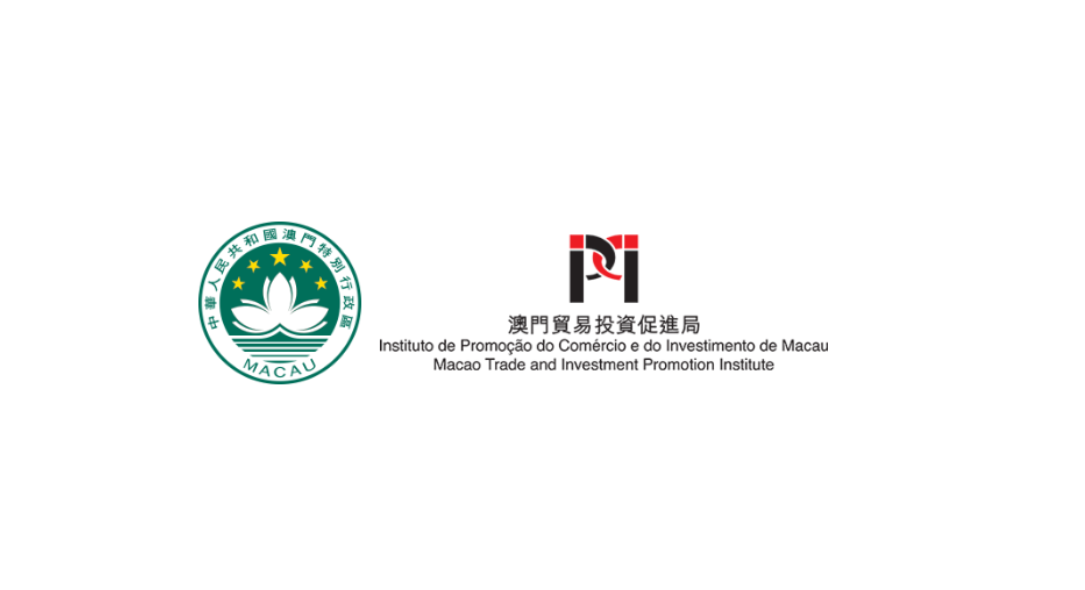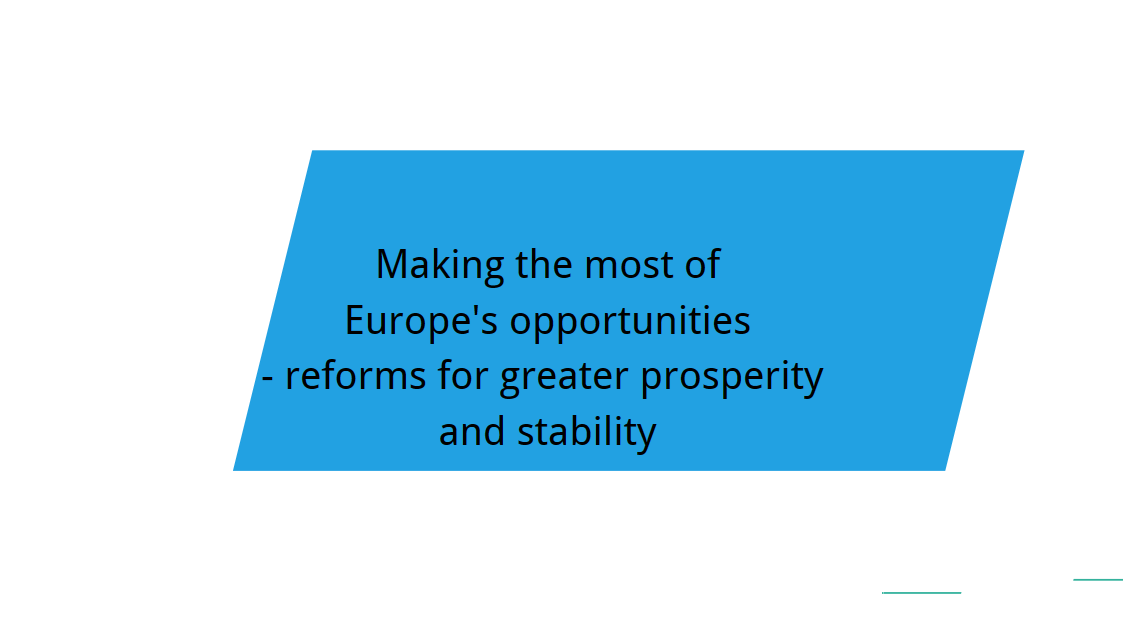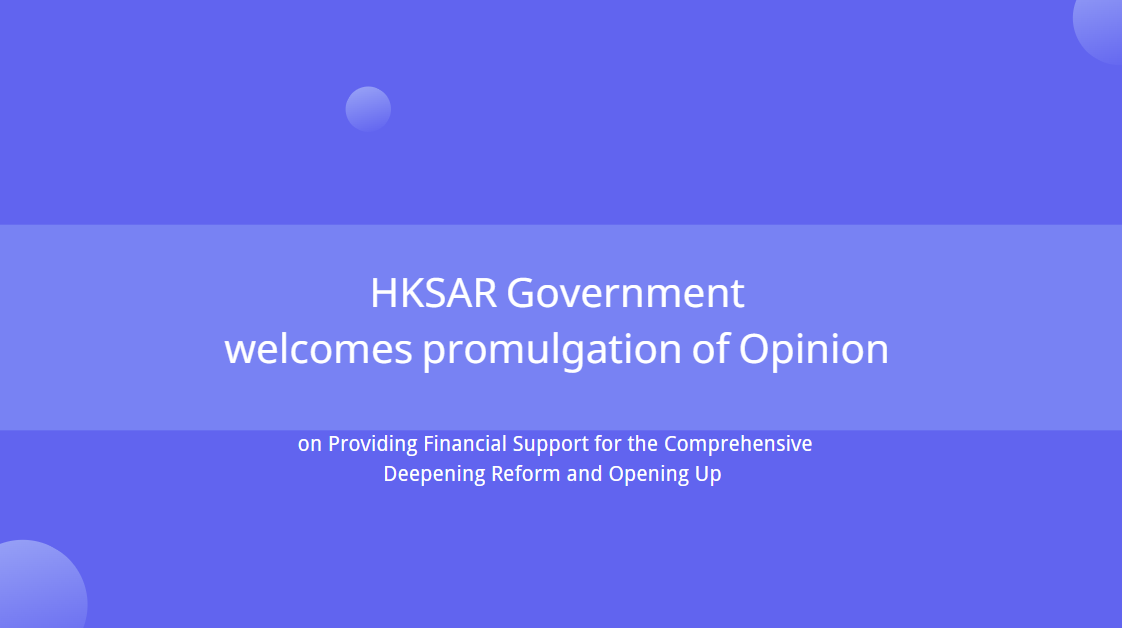BIS Quarterly Review, March 2023
Download → PDF full text

Perceptions of risk and policy outlook drive markets
Financial markets extended previous gains during the review period.1 As inflation readings gradually fell and the pace of policy tightening slowed early in the period, financial conditions eased and risky asset valuations generally rose on the back of perceptions of declining risks. Expectations of significant rate cuts in the near term appeared to firm up, despite cautious central bank communication about the policy outlook. The US dollar depreciated further, lending additional support to assets in emerging market economies (EMEs). Towards the end of the period, however, market developments proved sensitive to news that challenged investors' sanguine attitude.
Investors' expectations about future policy rate paths stood in contrast to central bank communications. While several major central banks slowed the pace of monetary tightening, they remained cautious about the interest rate path going forward, particularly in view of the persistent strength of labour markets. Nevertheless, interest rate futures continued to relay market participants'expectation that rate hikes will end this year, followed by steep rate cuts stretching well into 2024.
Conditions in government bond markets remained sensitive to perceptions of growth, inflation and the attendant policy response. In Japan, tensions remained in fixed income markets, as investors reassessed the yield curve control (YCC) policy. Broad-based and recurrent open market operations by the central bank smoothed market functioning and contained upward pressure on bond yields.
Risky assets registered gains and the US dollar depreciated through most of the review period, before news tempered markets' optimism about the policy outlook. Stock markets experienced bouts of selling pressure but registered positive returns, despite a still subdued earnings outlook. The concurrent fall in forward-looking gauges of market volatility suggested that valuations were boosted by benign risk perceptions. In a similar vein, credit spreads narrowed further, on the heels of declines in perceived default risks, and corporate bond issuance showed signs of recovery in January. US data releases in February steered investors towards anticipating stronger policy headwinds. This led to a slight dollar appreciation and some reversal of risky asset gains, halting their divergence from subdued bank lending in major advanced economies (AEs).
Financial conditions eased moderately in EMEs, largely mirroring those in AEs. Bond yields fell, amid an upbeat backdrop of resilient growth and falling inflation. Equity markets saw wider fluctuations, swayed by the gyrations of the US dollar. The abrupt end to the zero-Covid policy in China reinvigorated its equity market and contributed to the strong performance of risky assets in economies with close links to China. Yet it failed to turn around the lethargic portfolio flows to the country, while such flows did stabilise or even rebounded for most other EMEs.





















































First, please LoginComment After ~